Institutional subscribers can access this issue by clicking here. The issue is available for purchase in print and digital (PDF) format. To subscribe to WAJ, click here.
Woman’s Art Journal was honored to receive many longtime and new friends at the annual College Art Association’s onsite book and trade fair in New York. We recently launched our newly vamped website and social media campaign, where readers and contributors can find our updated editorial policies, at https://womansartjournal.org. For WAJ’s Spring/Summer issue, the editors have assembled articles that retrieve the histories of fiercely ambitious, dedicated women artists. Two contributions probe the epic personal narratives of postwar twentieth-century artists pushing the boundaries of three-dimensional space, an excellent pendant to two incisive, thought-provoking essays on the unorthodox practices of modern and contemporary portraitists.
Our feature article by Sophie Lachowsky explores the connections among women sculptors of the Abstract Expressionist era. Recent publications have granted attention to women painters of the 1950s, however, this generation of women sculptors was relegated primarily to monographic studies. Only a few scholars have proposed the social and artistic interactions of Dorothy Dehner and Louise Nevelson, or the related works, in wood, by Louise Bourgeois. Lachowsky carefully considers the interrelated sculptural experimentations by Dehner, Nevelson, and Bourgeois, three women whose pioneering approaches to art in three dimensions—propelled by the utilization of innovative materials— established original methods and dramatic displays. Nevelson’s stacked wood installations, culled from recycled materials, strongly parallel the interior scenes of Bourgeois’s Personages. Dehner’s surprising update to the traditional lost wax process, via the creation of openwork constructions, explains her success in the 1950s and thereafter. All three artists were at the forefront of postwar sculptural installations, but only in recent decades have they received international recognition.
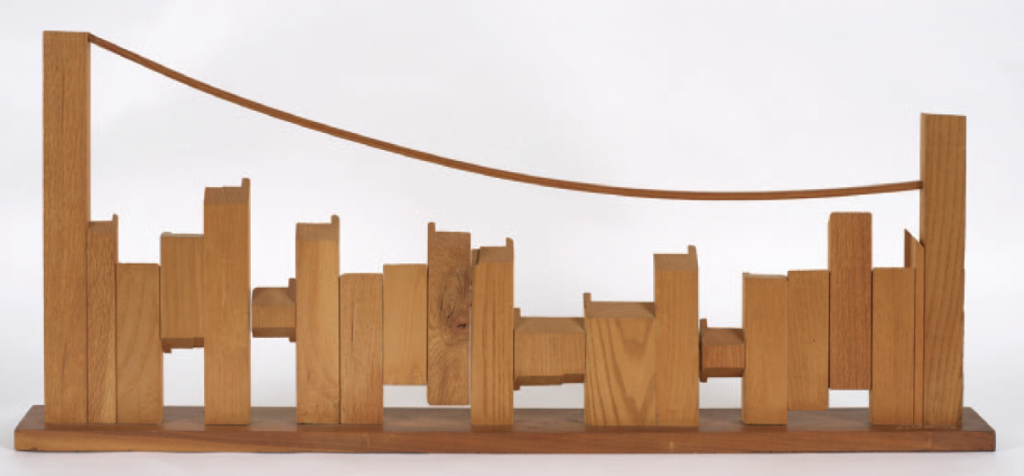
Monir Shahroudy Farmanfarmaian is presented by Donna Stein as one of the most accomplished multidisciplinary artists of her generation in Iran and the US. An expert on Iranian art, Stein retrieves from her archives an important interview with Monir from 1985, a fascinating recollection that explores the artist’s enterprising and ambitious travels to Indigenous communities throughout Iran. Monir developed important relationships with the artisans from nomadic and settled tribes, and she acquired traditional paintings, jewelry, ceramics, textiles, and carpets. Some of these exquisite historical examples impacted the direction of her contemporary work. “In Her Words” is a revelatory encounter that illustrates Monir’s indebtedness to the Iranian craftspeople whom she met throughout her singular career, many influencing her technical development of bas-relief constructions, tapestries, and Persian ayeneh-kari (mirror work).
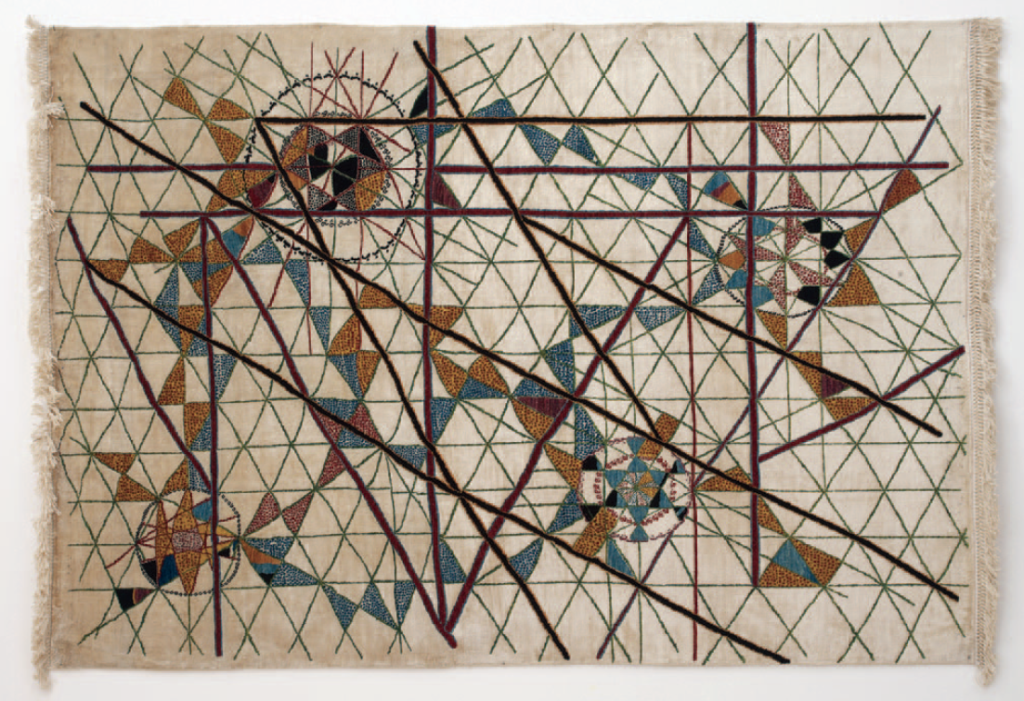
A graduate of Rutgers University’s Douglass College and MFA program, Frances Kuehn studied with Roy Lichtenstein, Robert Watts, and Geoffrey Hendricks. The progressive curriculum of Black Mountain College was favored by the great artists and teachers then making up the faculty at Rutgers, and Kuehn’s exposure to this nonconventional arts education inspired her freedom to explore many new directions. Like George Segal, also then on the Rutgers campus, Kuehn pursued a deeply personal response to the study of the figure. Heather Cammarata-Seale’s article begins with Kuehn’s images of family members. Her paintings take a different course by 2003. Fabrics and garments, arranged in grid-like configurations, dominate the canvas and elicit natural, mimetic, and animated bodily and nonhuman forms. Cammarata-Seale calls them nature vivant paintings—still lifes-cum-portraits—fabricating a “thing power” from their compositional vitality. Kuehn says “all our possessions speak about us in silent ways.”
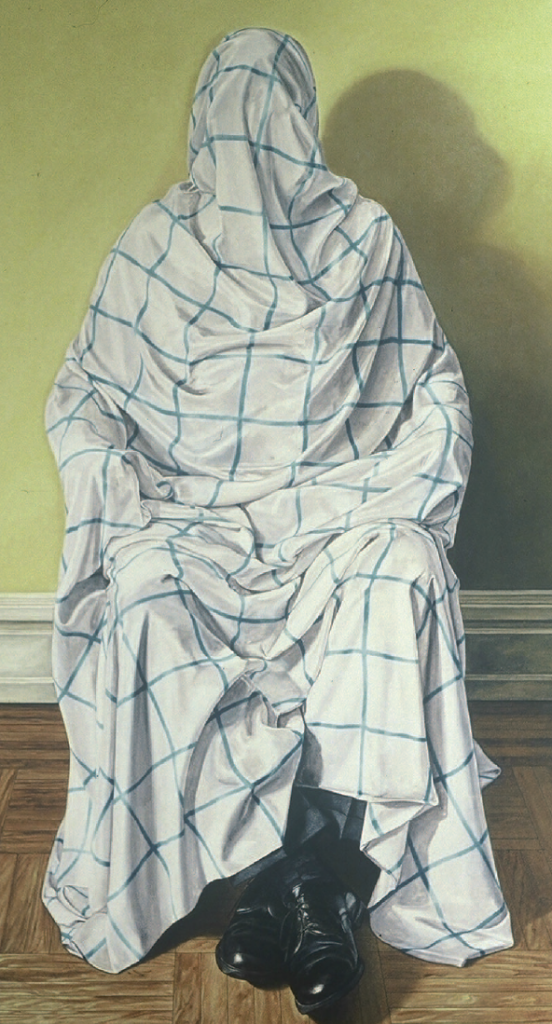
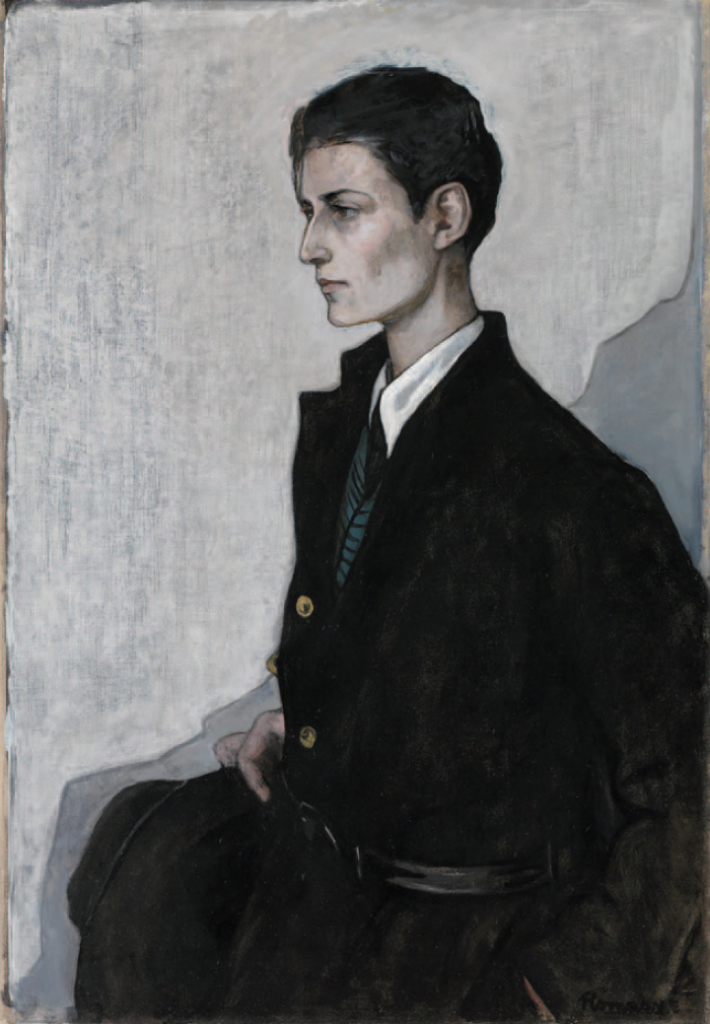
The portraits of early-twentieth-century painter Romaine Brooks offer sibylline representations of decadent queerness. Drawn to Whistler’s subdued color palette and dandy iconography, Brooks utilized an anachronistic Decadent style associated with Symbolism and Aestheticism. Elizabeth Richards Rivenbark argues that Brooks’ aesthetic and ideological tendencies align more comfortably with the later postmodern era, a position that advances how the radical gender slippage portrayed by Brooks’ portrait sitters transformed the visual and sexual tropes of modern lesbianism.
Our meticulous WAJ book reviews editor, Alison Poe, has brought to fruition an exceptional corpus of criticism. Examining the “place-based strategies of transnational sisterhood and solidarity,” Maria Constantino’s review on global women artists explores the collective strategies of “belonging” and “unbelonging” that operate from the “in-between” spaces, borders, and geographies of nation states, political structures, and patriarchal institutions. Charlotte Kent’s intertwined narratives of art and technology chart the feminist and gender-fluid histories of new media and digital projects, including AI, VR, and AR. Lisa Farrington surveys two book projects: on Bisa Butler’s exhibition catalogue of quilted portraits, Farrington sumptuously harnesses the artist’s capacity to guide, by way of fabric, the viewer’s focus beyond race with the “seeming ease of wielding a paintbrush”; and in a separate volume, Faith Ringgold, renowned for her story quilts, is showcased by a lesser-known decade of her political agendas and activities. Joan Marter chronicled the leading women’s postwar arts program and exhibition series at Douglass College, reviewed in depth by Heather Cammarata-Seale.
Contextualizing the rich histories of feminism, eroticism, and sexuality in the interwar period, Ashley Busby uncovers the mysterious persona and art of the avant-garde Czech surrealist, Toyen. Andrea Gremels’s review likewise unsilences the histories of Germanophone women artists and trauma theory, extending the “palimpsestic” character of surrealism’s feminist landscape beyond World War II. Sigourney Schultz unveils the intimate truths and human experiences of Gillian Wearing, a British multidisciplinary artist who “exhorts her audience to be who they would like to be, not what others want them to be.” Brigitte Keslinke sheds light on the perpetually marginalized status of ancient Roman women and other communities in the scholarship of the ancient Mediterranean, recuperating the deep silences from the rich archeological bounty of textual and material evidence in the Bay of Naples, and turning an extraordinary volume of female-centric narratives and proposals into an “inclusive toolbox” for examining the Roman world.
WAJ is immensely grateful for the continued support of Guy Griffiths and Ed Farnsworth at Old City Publishing.
Joan Marter and Aliza Rachel Edelman
Editors, Woman’s Art Journal
Institutional subscribers can access this issue by clicking here. The issue is available for purchase in print and digital (PDF) format. To subscribe to WAJ, click here.
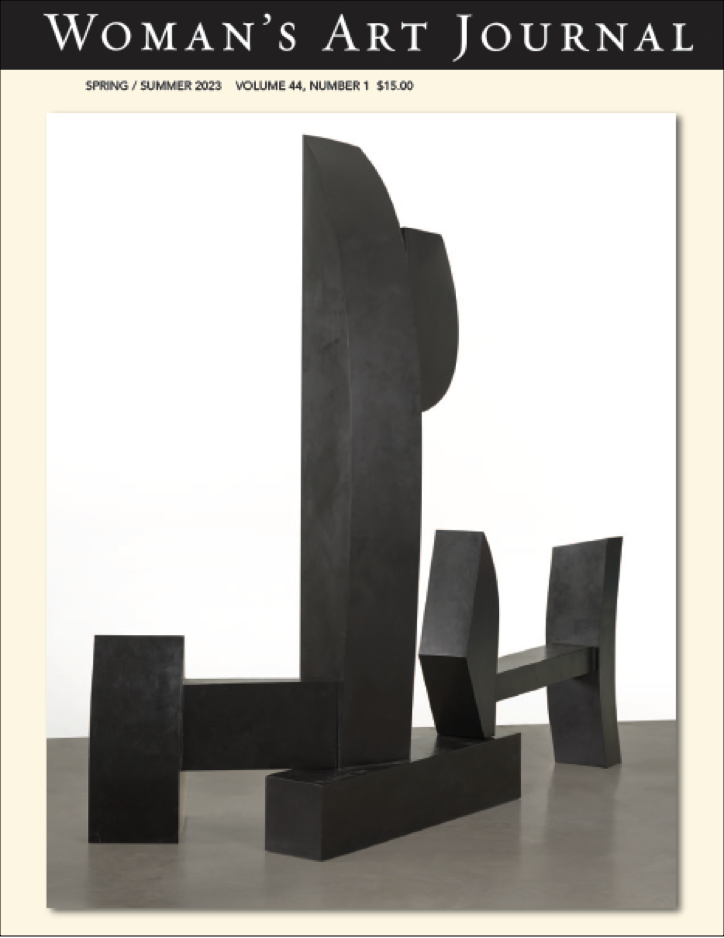
p. 2
Parallel Perspectives
By Joan Marter and Aliza Edelman
p. 3-42
Portraits, Issues And Insights
p. 3
Shifting Scale, Framing Objects: Dorothy Dehner and Women Sculptors Among the Abstract Expressionists
By Sophie Lachowsky
p.16
Monir Shahroudy Farmanfarmaian: In Her Words (1985)
By Donna Stein
p. 26
The Vibrant Material of Frances Kuehn
By Heather Cammarata-Seale
p. 35
Shades of Gray: The Postmodern Portraits of Romaine Brooks and the Slippage of Gender Representation
By Elizabeth Richards Rivenbark
p. 43-68
Reviews
p. 43
Transnational Belonging and Female Agency in the Arts Edited by Basia Sliwinska and Catherine Dormor
Reviewed by Maria Costantino
p. 47
Bisa Butler—Portraits Edited by Erica Warren
Reviewed by Lisa Farrington
p. 49
Gillian Wearing: Wearing Masks By Jennifer Blessing, Nat Trotman, and Gillian Wearing
Reviewed by Sigourney Schultz
p. 52
Dismantling the Patriarchy, Bit by Bit: Art, Feminism, and Digital Technology By Judith K. Brodsky
Reviewed by Charlotte Kent
p. 54
Faith Ringgold: Politics Power By Faith Ringgold, Michele Wallace, and Kirsten Weiss
Reviewed by Lisa Farrington
p. 56
Women Artists on the Leading Edge: Visual Arts at Douglass College By Joan Marter
Reviewed by Heather Cammarata-Seale
p. 59
The Traumatic Surreal: Germanophone Women Artists and Surrealism after the Second World War By Patricia Allmer
Reviewed by Andrea Gremels
p. 63
Magnetic Woman: Toyen and the Surrealist Erotic By Karla Huebner
Reviewed by Ashley Busby
p. 65
Women’s Lives, Women’s Voices: Roman Material Culture and Female Agency in the Bay of Naples Edited by Brenda Longfellow and Molly Swetnam-Burland
Reviewed by Brigitte Keslinke
Color Plates